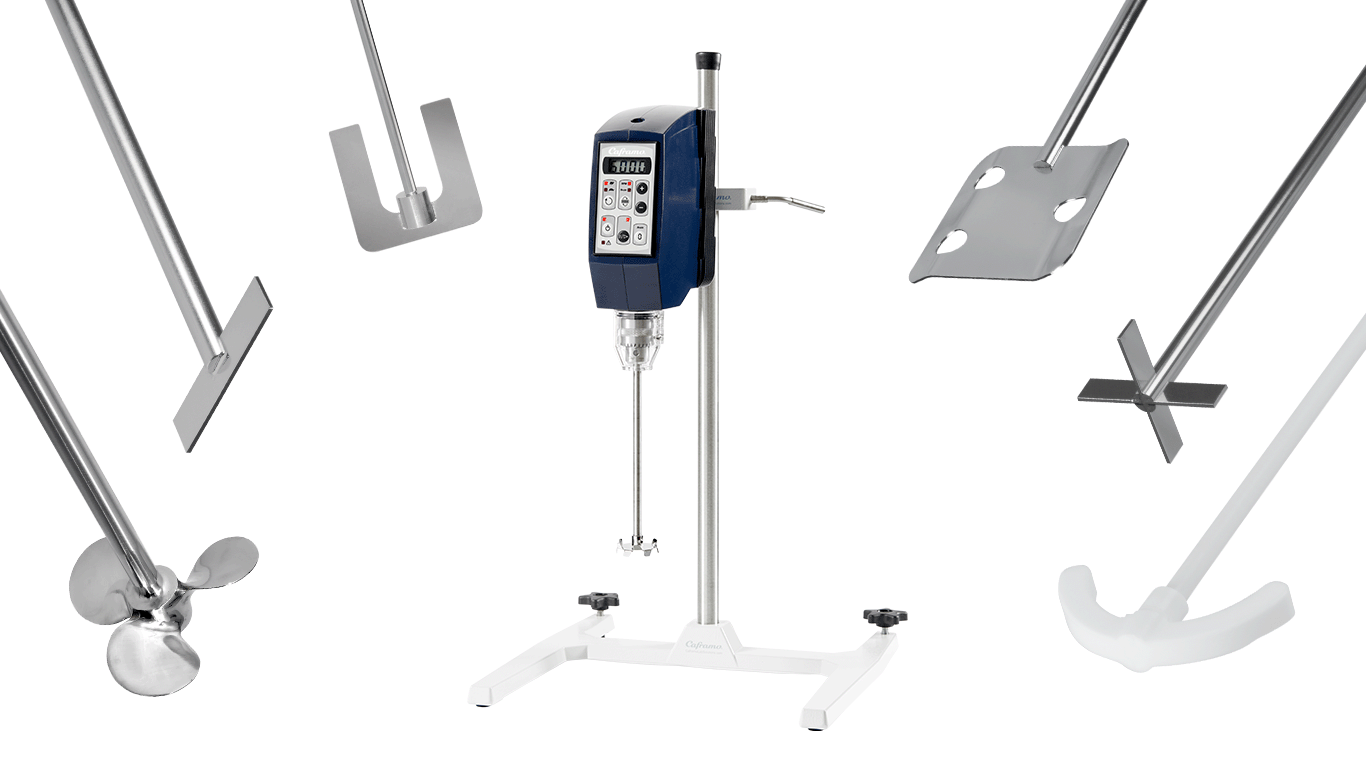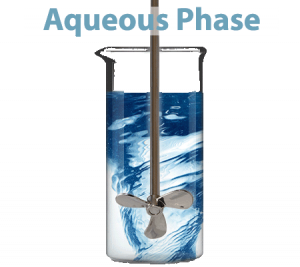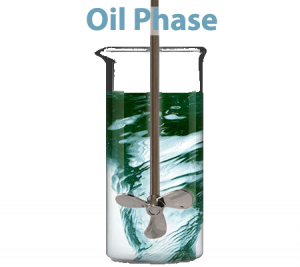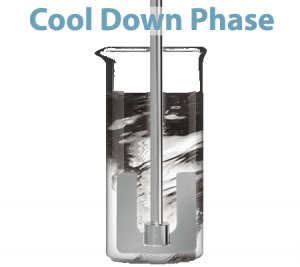
Overhead Stirrers: The King of Mixing Versatility
Unlike other lab mixing equipment, Caframo overhead stirrers can tackle virtually any process due to their ability to handle large volumes over wide ranges of speed and torque. Moreover, there are countless impeller options available, allowing for all types of mixing from homogenization to solids suspensions. These qualities allow for simplistic scaling up and down with the same equipment. Dive into Caframo’s entire Overhead Stirrer lineup.
Volume and Viscosity of Samples
When choosing your lab’s mixing equipment, understanding the volumes and viscosities of your samples is imperative. One major advantage of Overhead Stirrers is their ability to mix volumes as small as 50ml all the way up to 100L, allowing one stirrer to be utilized over a wide range of processes. Likewise, Caframo Overhead Stirrers offer unmatched torque in the lab allowing viscous samples to be mixed with ease. Caframo’s BDC1850 is a torque leader, allowing for a maximum viscosity of 90,000 mPas.
Speed Matters
From keeping your sample in motion in laminar flow to creating homogenizations at high speeds in turbulent flow, Caframo Overhead Stirrers provide room for your processes to grow with speed ranges from 12 rpm to 6000 rpm. Caframo’s BDC6015 boasts the ability to mix from 40-6000rpm.
Impeller Options
With nearly limitless impeller options, Caframo overhead stirrer impellers blend, emulsify, suspend solids and offer more with unique designs for different flows such as radial, axial and tangential. Aside from impeller type, each impeller is available in multiple sizes and materials (stainless steel and PTFE), ensuring you have the perfect fit for your mixing vessel and ingredients in your application. Discover Caframo Impellers.
Versatility in Action
To give a real-world example of the versatility of Caframo Overhead Stirrers, we’ll walk through the details of a single application involving multiple processes in the cosmetics industry:
Production of a Face Cream
Citations
Jaszczur, Marek, Anna Młynarczykowska, and Luana Demurtas. “Effect of impeller design on power characteristics and Newtonian fluids mixing efficiency in a mechanically agitated vessel at low Reynolds numbers.” Energies 13.3 (2020): 640.
Brian James, “Mixing 101: Flow Patterns & Impellers”, 3 May 2022, https://dynamixinc.com/mixing-101-the-basic-principles-of-mixing-and-impellers/
Tariq Mahmood, Naveed Akhtar, “Stability of a Cosmetic Multiple Emulsion Loaded with Green Tea Extract”, The Scientific World Journal, vol. 2013, Article ID 153695, 7 pages, 2013. https://doi.org/10.1155/2013/153695
Gaurav Kumar Sharma, Jayesh Gadhiya. “Textbook of Cosmetic Formulations”, 2018, https://www.researchgate.net/profile/Jayesh-Gadhiya/publication/325023106_Textbook_of_Cosmetic_Formulations/links/5af22308aca272bf4257e507/Textbook-of-Cosmetic-Formulations.pdf




